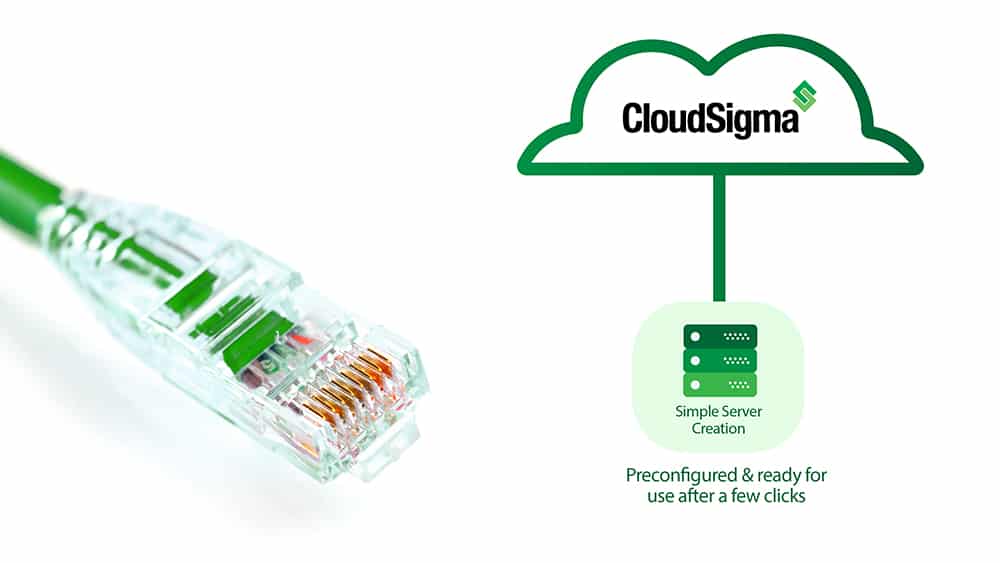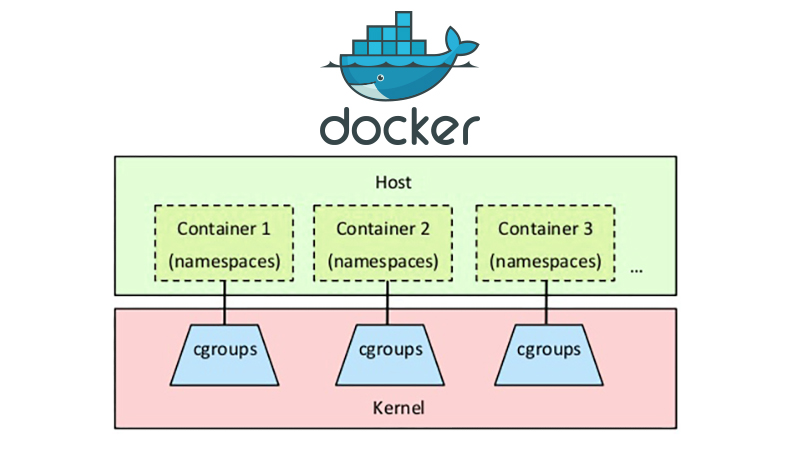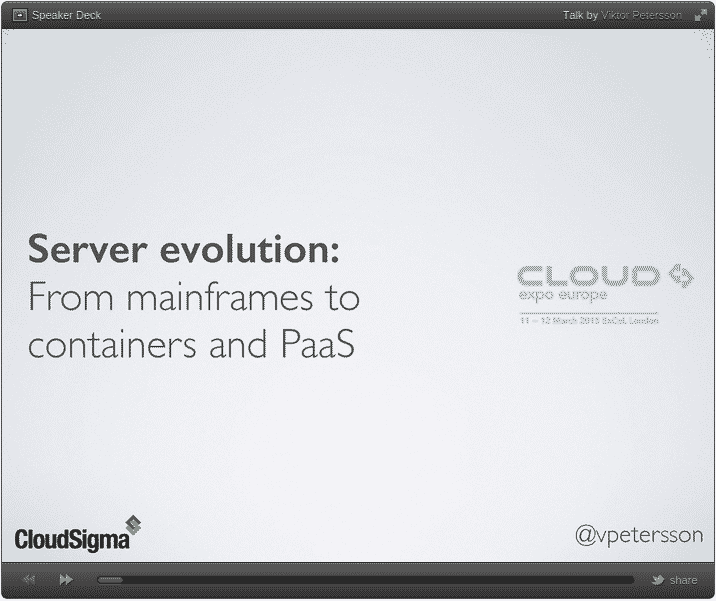This is the first in a series of brief how-to tutorials. The series will cover some of the most used features of our cloud. We hope you find them useful in getting from A to B with your cloud computing at CloudSigma. CloudSigma offers two approaches to server creation – a quick and simple creation process and a detailed, flexible …
HowTo: CGroups
Well, as you know, GNU & Linux are awesome. Why? Because we have Control Groups (CGroups)! In this post you’ll learn how to: Protect critical system processes for both memory and CPU. A walkthrough video implementing cgroups on a live running server Set up an example implementation of CGroups or SystemD slices. Keeping Everything under Control You can use CGroups …
Raspberrian Wisdom: Use your TV for System Monitoring
FinaThis blog post will show you how to use your RaspberryPI to drive an always on screen displaying an autorefreshing web page of your choice. If you are like us you want to have things like sales, pending customer tickets, system status’ etc. easily visible in your office; it’s very valuable. After this post you’ll be a ninja at quickly …
Manage Docker resources with Cgroups
Last month I spoke at ApacheCon about Cgroups. It appears as very few Linux users (including yours truly until not too long ago) are familiar with Cgroups and their power. This is a pity, because Cgroups are very powerful, and allows you to allocate resources on your servers in a far more granular fashion than any other tool available in …
Introducing Optimized Cloud Server Settings
One of the great features about CloudSigma is the ability to choose optimized server settings that work great right out-of-the-box. At server creation time, if you aren’t using the quick server create tool, you’ll find under the Properties tab an “Optimize for” option. This allows you to tweak your server for Linux, Windows, BSD or even Solaris. In this blog …
Docker, Cgroups & More from ApacheCon 2015
Earlier this month, I spoke at ApacheCon North America in Austin, Texas. Being an open source software user for many years, I have a lot of respect for the Apache Software Foundation. As such, it was an honor to be invited and to give back to the community. At ApacheCon, the days were filled with presentations on topics ranging from …
How to setup & optimise MongoDB on public cloud servers
Long gone are the days when MongoDB was the ‘new kid on the block’. These days, it has evolved to become the go-to solution for many people who are leaving relational databases behind. In this article, I’m not going to make the argument for why you should use MongoDB over {insert other NoSQL database}, or even why you should use …
Presentation deck from CloudExpo Europe
Last week I gave a talk at CloudExpo Europe in London. Some people asked for the presentation deck for this, so here it is. The title for the talk was “Server evolution: From mainframes to containers and PaaS.” The presentation was also recorded. Once the video becomes available, we’ll post that too.
CoreOS is now available on CloudSigma!
What CoreOS is in their own words: CoreOS is a new Linux distribution. The creators improved it, so that it can provide features needed to run modern infrastructure stacks. The strategies and architectures that influence it allow companies like Google, Facebook and Twitter to run their services at scale with high resilience. CoreOS is arguably one of the most talked-about …
cgroupspy and why is it cool
In order to meet with the performance needs of our customers, while maintaining a stable infrastructure, CloudSigma needs a way to control the resource usage of each virtual machine. We cannot allow for people to use more resources than they have specified because that will affect every customer’s performance. The first step in achieving this was to implement a smart …
An introduction to server provisioning with CloudInit
This month we announced a very exciting partnership with Canonical, the makers of Ubuntu. Above all, the main element in this partnership is the introduction of full CloudInit support between the CloudSigma cloud and Ubuntu. An introduction to CloudInit If you’re not familiar with CloudInit, it is the industry standard for bootstrapping cloud servers. To clarify, if you are using …
PSA: Patch your servers against CVE-2014-6271
Today a vulnerability was discovered in Bash, the shell used on most Linux distributions. We strongly recommend that you patch your servers as soon as possible against this. Debian / Ubuntu [bash light=”true”] $ sudo apt-get update && sudo apt-get install -y bash [/bash] CentOS / RedHat Enterprise Linux / Fedora [bash light=”true”] $ yum update bash [/bash] Make sure …












